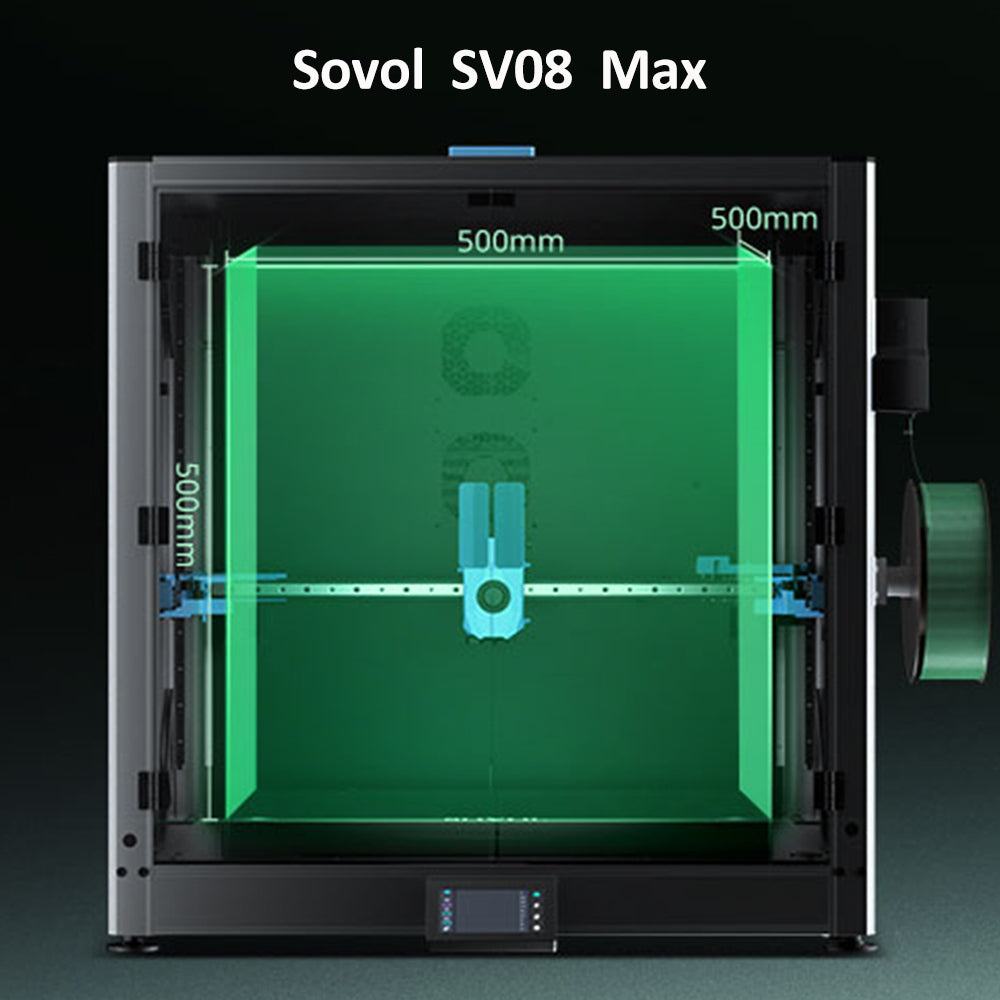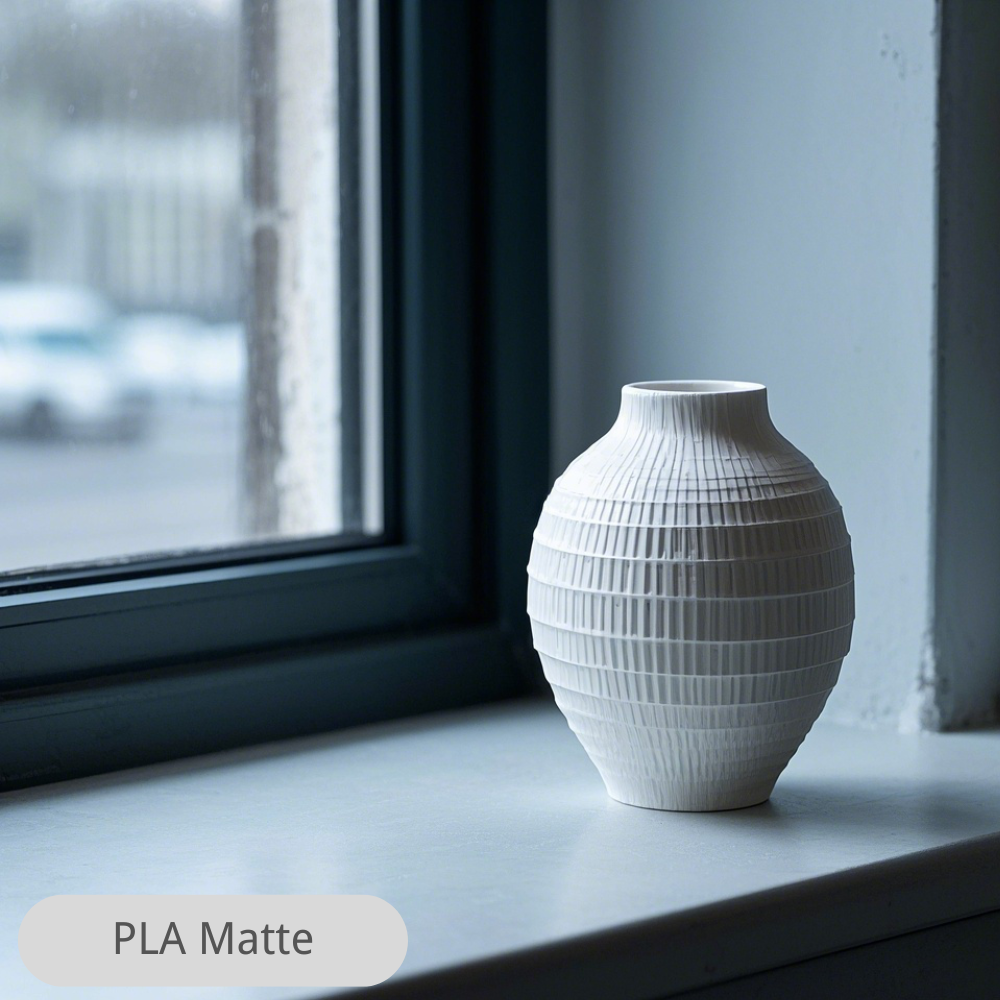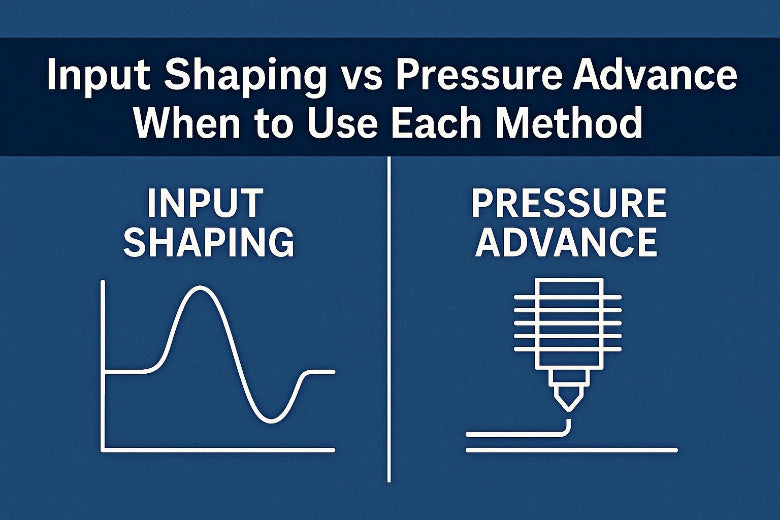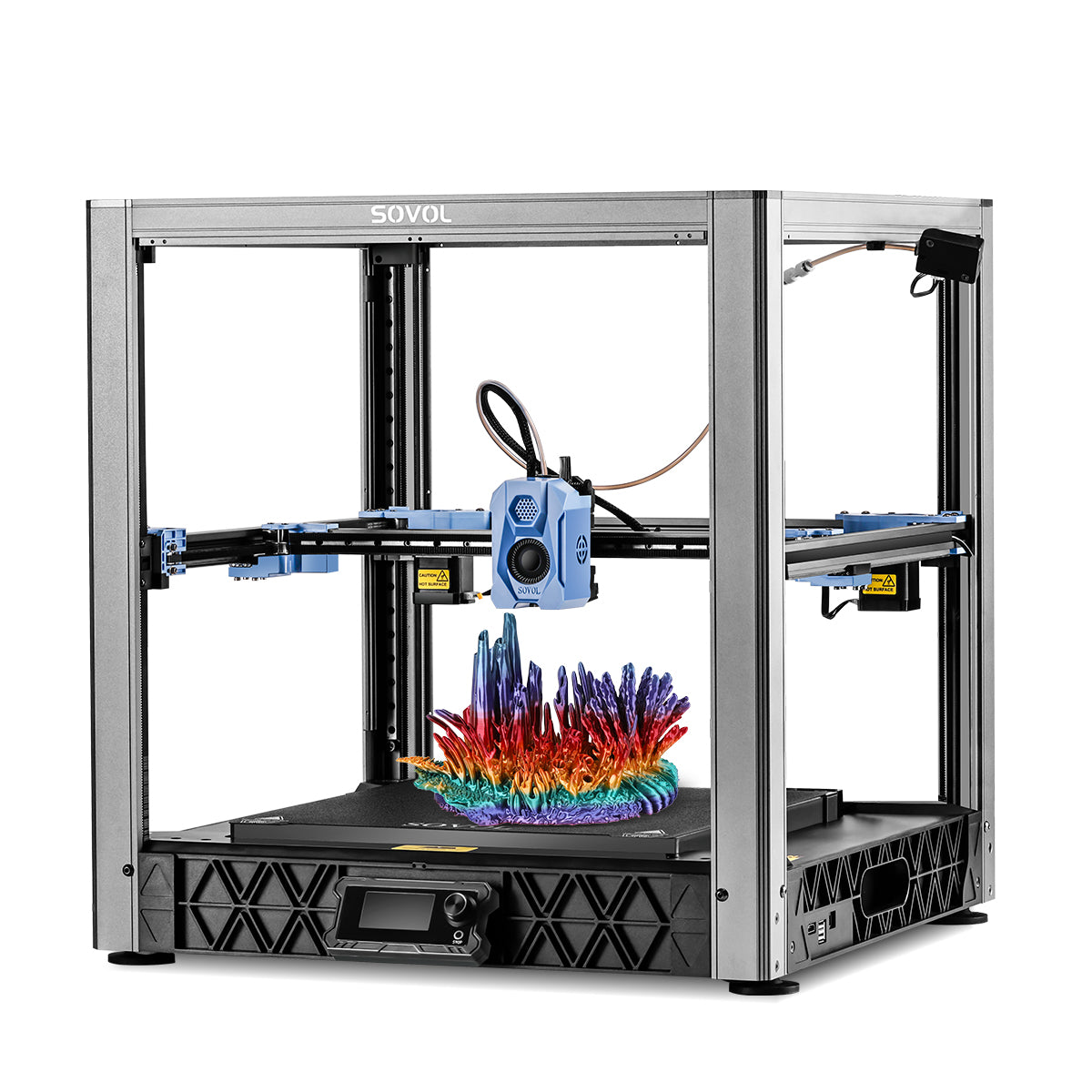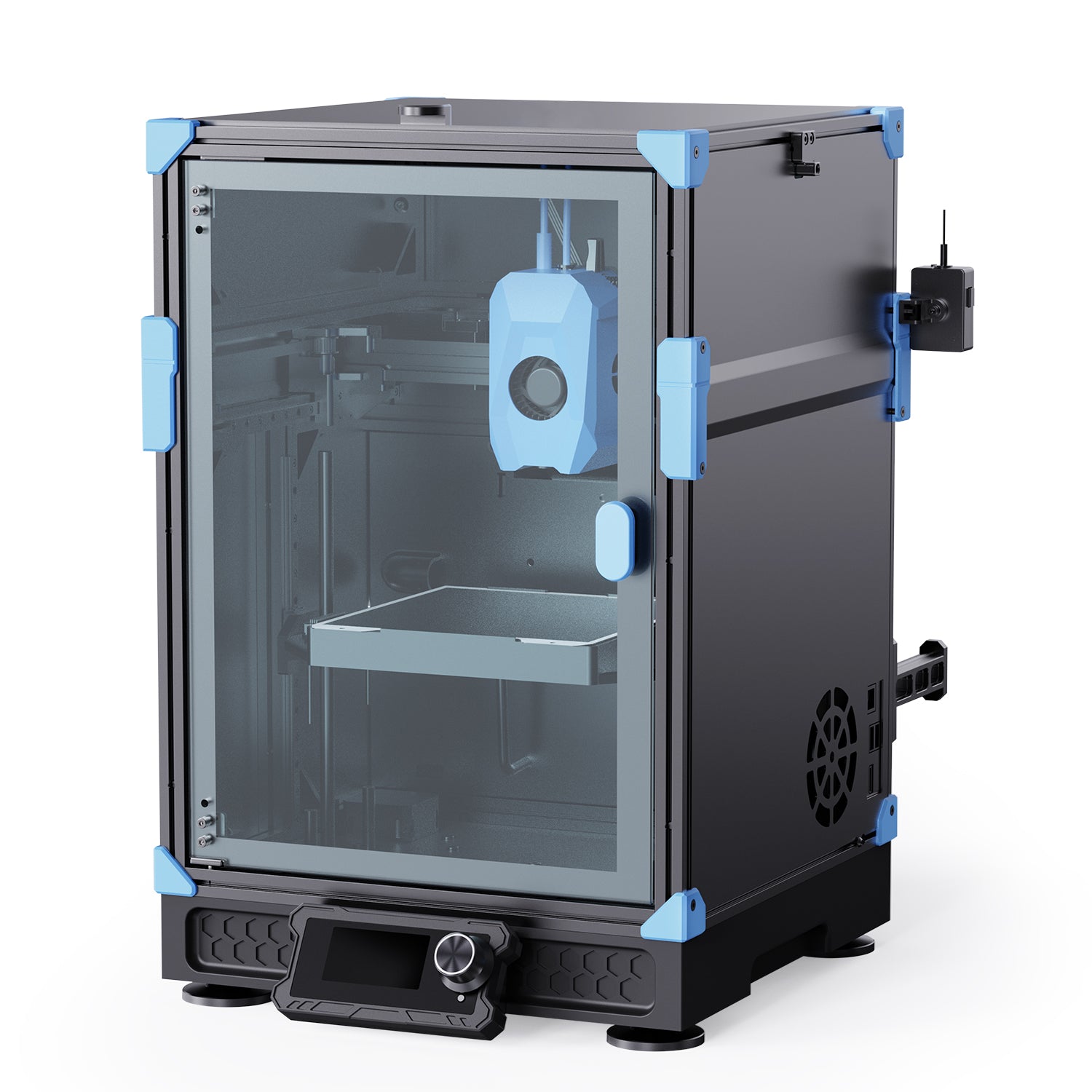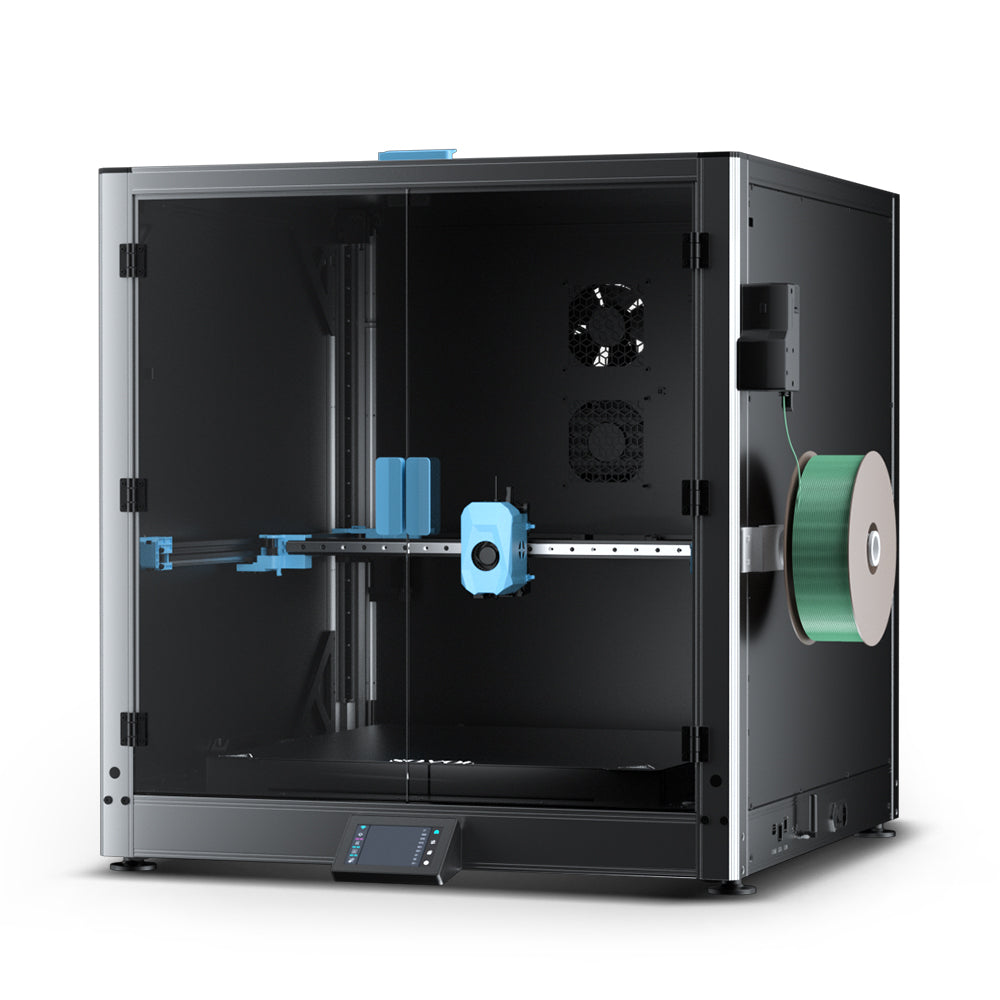3D printing waste poses a significant environmental challenge that demands immediate action. Failed prints, surplus materials, and emissions from commonly used plastics like PLA contribute to pollution and health risks. For example, research shows that 3D printing releases ultrafine particles capable of penetrating deep into the lungs, increasing respiratory exposure risks, especially for children.
Adopting solutions like recycling and upcycling can mitigate these issues effectively. Transforming waste into new products not only reduces material dependency but also aligns with global sustainability goals. How can you make a difference in managing this waste responsibly?
Key Takeaways
- 3D printing waste comes from failed prints and extra materials. Managing this waste well helps protect the environment.
- Recycling failed prints lowers waste. Sort, cut, and melt materials to make new filament for other projects.
- Using eco-friendly filaments like PLA or recycled plastics reduces the use of limited resources and promotes reuse.
Understanding 3D Printing Waste
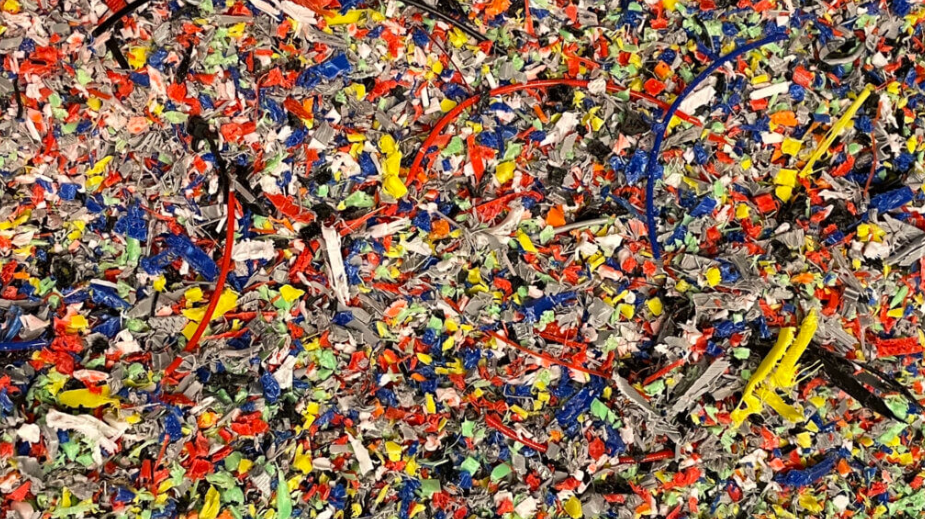
Types of 3D Printing Waste
3D printing waste comes in various forms, each with unique characteristics and challenges. Failed prints, support structures, and leftover filament are the most common types. These materials often consist of plastics like PLA, which is widely used due to its biodegradability under industrial composting conditions. However, improper disposal of PLA can still contribute to environmental issues.
To better understand the composition of 3D printing waste, consider the following materials frequently used in the process:
|
Material |
Composition Details |
Benefits in 3D Printing |
|---|---|---|
|
Rich in SiO2, Ca, and Al; improves extrudability |
Enhances the mechanical properties of printed concrete |
|
|
Ground Waste Glass |
Low water absorption, high silica content; acts as a filler and cement replacement |
Adjusts rheology and improves product strength |
These materials highlight the potential for repurposing waste into functional components, reducing the dependency on virgin resources. By identifying the types of waste generated, you can take the first step toward managing it effectively.
Environmental Impact of 3D Print Waste
The environmental impact of 3D print waste extends beyond visible debris. The production and disposal of materials like PLA release harmful emissions, including volatile organic compounds (VOCs) and ultrafine particles. These emissions pose significant health risks, particularly in confined spaces. For instance, studies show that children are especially vulnerable to respiratory issues caused by prolonged exposure to ultrafine particles.
|
Emission Type |
Health Impact |
Source |
|---|---|---|
|
Volatile Organic Compounds (VOCs) |
Can pose health risks when inhaled, particularly affecting vulnerable populations like children. |
|
|
Ultrafine Particles |
Small enough to penetrate deep into the respiratory system, potentially causing long-term health issues. |
|
|
Children’s Exposure |
Increased risk due to high concentrations in confined spaces like classrooms. |
Understanding these impacts underscores the importance of adopting sustainable practices. By reducing waste and emissions, you can minimize the environmental footprint of your 3D printing activities.
Practical Ways to Manage 3D Printing Waste
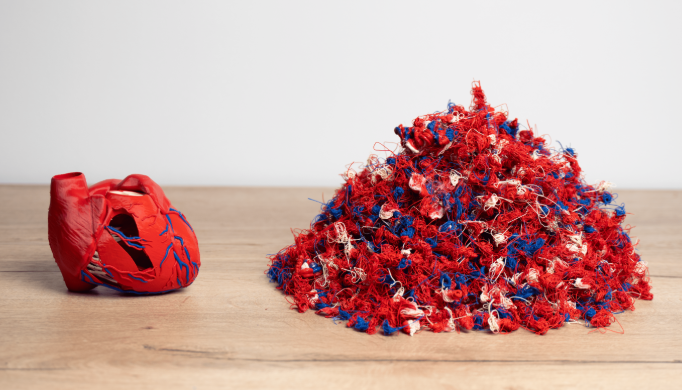
How to Recycle Failed Prints
Recycling failed 3D prints is one of the most effective ways to reduce waste. Failed prints, support structures, and leftover filament can be repurposed into new materials, minimizing environmental impact. To recycle failed prints, you need to follow a systematic approach:
- Sort and Clean: Separate failed prints by material type, such as PLA or ABS. Remove any contaminants like dust or adhesives.
- Shred the Material: Use a filament shredder to break down the failed prints into smaller pieces. This step is crucial for preparing the material for further processing.
- Melt and Extrude: Feed the shredded material into a filament extruder. The machine melts the plastic and reshapes it into new filament spools.
Tip: If you lack the equipment for at-home recycling methods, consider using professional recycling services. Companies like 3D Printing Waste specialize in recycling PLA and other materials that cannot be processed at home.
Recycling solutions like these not only reduce waste but also save costs. A comparative study highlights that material recycling increases consumer surplus and reduces the overall costs associated with 3D printing.
|
Strategy |
Key Findings |
|---|---|
|
Material Recycling |
Effective in increasing consumer surplus; reduces material waste and costs associated with 3D printing. |
By adopting these practices, you can recycle failed prints efficiently and contribute to a more sustainable 3D printing ecosystem.
Creative Upcycling Ideas
Upcycling failed 3D prints offers a creative way to repurpose waste PLA into functional or decorative items. Instead of discarding waste, you can transform it into unique products. Here are some innovative ideas:
- Create Ecobricks: Pack waste PLA into PET bottles to create modular building blocks for construction projects.
- Make Laser-Cut Designs: Melt failed prints into sheets and use a laser cutter to craft items like keychains, pride flags, or ear savers.
- DIY Home Décor: Use waste PLA to design custom coasters, planters, or wall art.
Example: One project involved sourcing old PLA, cleaning and chopping it, then melting it into sheets for laser cutting. The final products included colorful keychains and other small accessories.
Upcycling not only reduces waste but also encourages creativity. It allows you to turn failed prints into something valuable, extending the lifecycle of the material.
Reusing Waste to Make New Filament
Reusing waste PLA to produce new filament is a sustainable and cost-effective solution. The recycling process involves converting waste PLA into high-quality filament that can be used for future 3D printing projects. Here’s how you can do it:
- Prepare Failed 3D Prints for Recycling: Clean and sort the waste PLA to ensure it is free from contaminants.
- Shred and Process: Use a filament shredder to break down the material. Feed the shredded PLA into a filament extruder to create new spools.
- Test the Filament: Conduct strength tests to ensure the recycled filament meets quality standards.
Experimental data shows that recycled PLA filament retains its integrity and prints well. Strength tests revealed only slight decreases in performance compared to standard PLA, with no brittleness observed.
|
Statistical Test |
Purpose |
|---|---|
|
To determine significant differences in strength based on the type of PET bottles used. |
|
|
Design of Experiments |
To evaluate the strength of the produced filaments and quantify changes in objects. |
Recycling waste PLA into new filament not only reduces the need for virgin materials but also lowers costs. By implementing this process, you can create a closed-loop system for your 3D printing activities.
Using Sustainable Materials
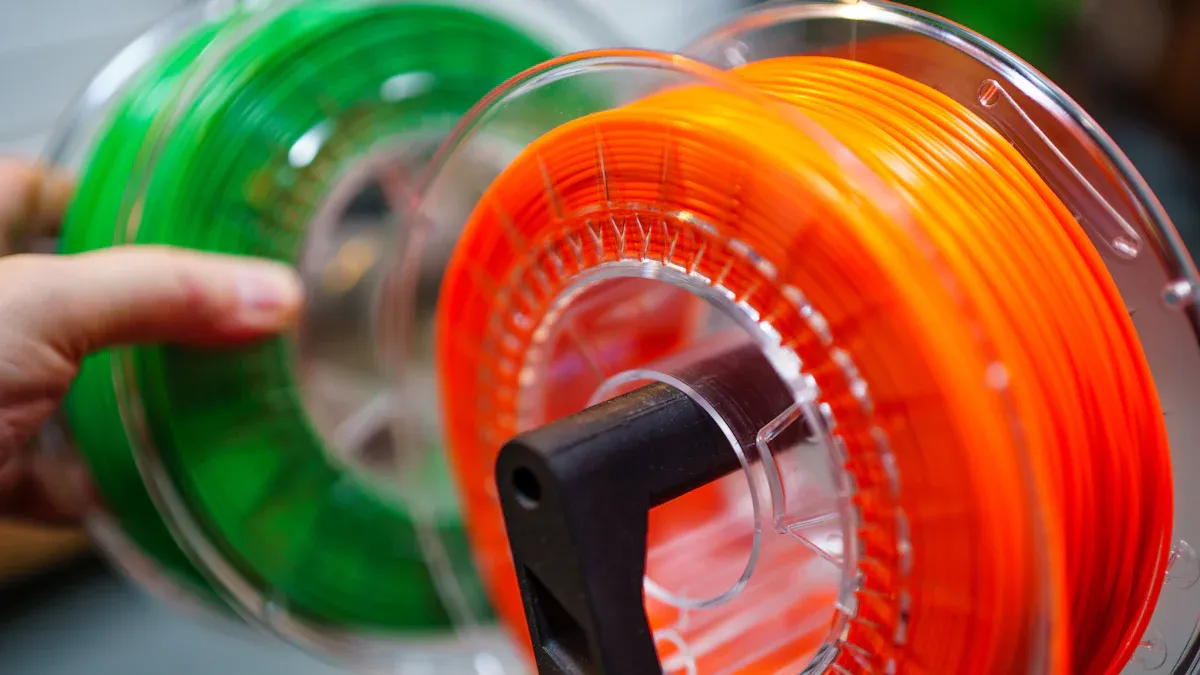
Benefits of Choosing Sustainable Filaments
Switching to sustainable filaments offers numerous advantages for both the environment and your 3D printing projects. These materials, such as PLA and recycled plastics, reduce reliance on non-renewable resources and minimize waste. By choosing plant-based or recycled options, you contribute to a circular economy while maintaining high-quality prints.
Sustainable filaments also align with technical performance standards. For instance, biodegradable polymers and recyclable plastics are increasingly optimized for 3D printing. While challenges like suboptimal bonding and uneven fiber distribution remain, ongoing research continues to improve their structural integrity and durability. These advancements make sustainable materials a viable choice for additive manufacturing.
Case studies further illustrate the benefits of sustainable filaments:
- The Print Your City! initiative transformed plastic waste into public benches using large-format 3D printers. This project demonstrated the environmental and economic potential of recycled plastic filaments.
- Recycled tire filaments have been used to create robotic components and remote-controlled vehicles, showcasing their versatility in innovative applications.
By adopting sustainable filaments, you not only reduce your environmental footprint but also explore creative possibilities in 3D printing.
Companies Offering Recycled Filament Options
Several companies now provide high-quality recycled filament options, making it easier for you to embrace sustainability in your 3D printing endeavors. These companies focus on producing filaments that meet performance standards while reducing environmental impact.
|
Filament Type |
Key Features |
Applications |
|---|---|---|
|
Plant-based, high success rates, extensive color range, ease of use |
Prototyping, color comparison |
|
|
Ultrafuse® PLA PRO1 |
Optimized for engineering, 30% faster printing, strong and versatile |
Engineering applications |
|
Ultrafuse® rPET |
99-100% post-industrial recycled, consistent quality, reduces carbon footprint |
Consumer products, automotive, prototyping |
These options highlight the growing market for sustainable materials. The recycled filament industry is projected to grow significantly, with the 3D printer filament recycler market expected to increase from $0.44 billion in 2025 to $2.85 billion by 2034, at a compound annual growth rate (CAGR) of 23.16%. This growth reflects the rising demand for eco-friendly solutions in additive manufacturing.
By choosing companies that prioritize sustainability, you support innovation and help drive the transition to a greener future for 3D printing.
Reducing, reusing, and recycling 3d printing waste is essential for a sustainable future. Focus on practical steps like recycling failed prints, upcycling creatively, and using sustainable filaments. Simplify recycling by prioritizing PLA, as suggested by makerspace managers. Small, consistent actions can significantly lower your environmental footprint while fostering innovation in 3D printing practices.
FAQ
How can you safely dispose of 3D printing waste?
You can dispose of waste by sorting materials like PLA for industrial composting or recycling. Avoid burning plastics to prevent harmful emissions.
What tools do you need for recycling failed prints?
You need a filament shredder and extruder to recycle failed prints. These tools help convert waste into reusable filament for future projects.
Are biodegradable filaments truly eco-friendly?
Biodegradable filaments like PLA are eco-friendly under industrial composting conditions. However, improper disposal can still harm the environment. Always follow recommended disposal methods.



